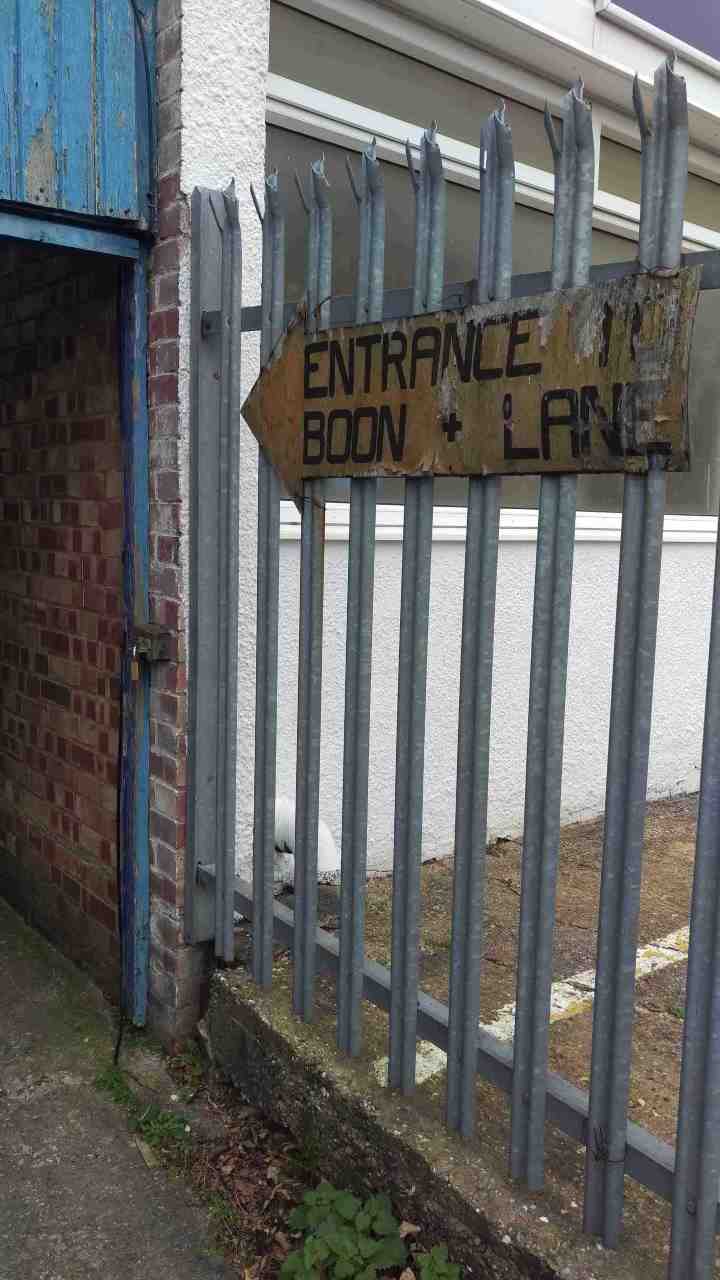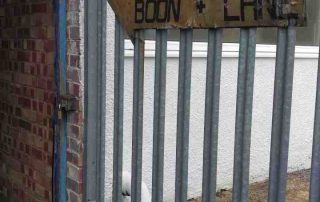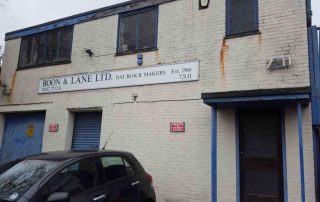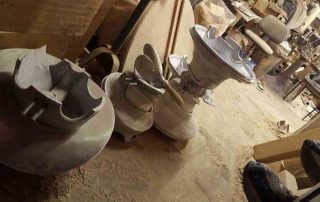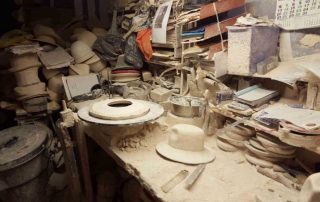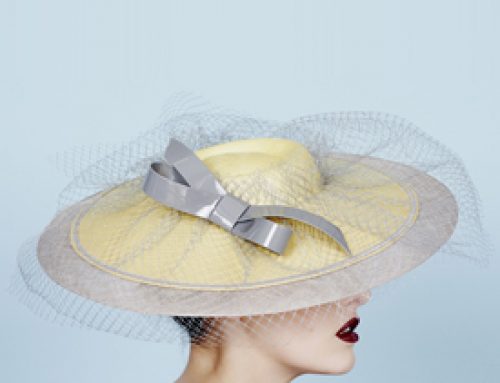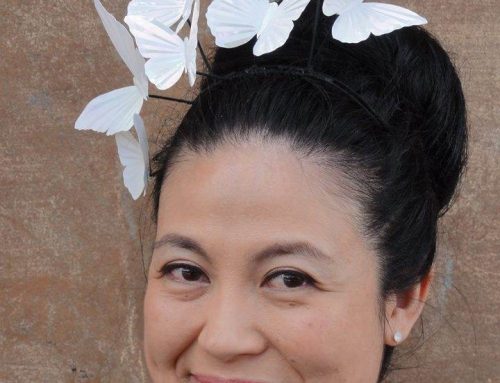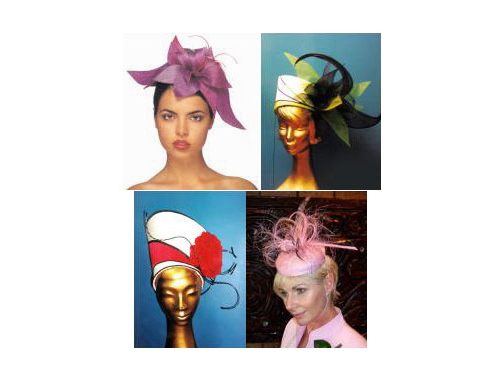While in Luton we made a stop at Boon and Lane Hat Block makers were we met Steve Lane. He generously spoke with us about the process of block making and the changes he has witnessed within the Millinery Industry.
On completion of his school exams Steve officially joined his father in workshop which is still home to the family business today. Unlike in those days were there would have been up to 12 men working within the shed there is now Steve and school mate producing the blocks.
Steve’s specialty falls to the metal blocks while his counterpart is master of the wooden block department. The process of creating the well refined shapes that are used in millinery studios across the globe are a demonstration of the skill of knowledge of these men. Each metal block created starts with a clay model, beginning with a large slab that is formed into a refined shape developed from from images, descriptors or sometime models sent in by their customers. The model is then used to cast the metal. The block is cooled and removed from the packed sand before moving to the finishing side of the workshop.
Within the workroom there is up to half a year worth supply of timber to ensure no shortage of the best quality materials for producing their client’s wooden blocks. The wooden blocks are developed from sketches on what might appear to an outsider’s eye straps of cardboard but maybe in fact be a pattern from a previous block. The wooden blocks are finished with a distinctive lacquer as featured on the Boon and Lane website.
The showroom is a delight – dust and filings from the workroom below have crept in but that does not distract from the display of the latest range of shapes that you can guarantee that will fall onto every milliners wishlist. With such a demand for the product the Boon and Lane team do not have time to produce stock or on the rare occasion they are quickly snavelled up by the next showroom visitor. The team work as promptly as they can to work through the order book that contains many famous names, new block shapes and reordering of old favourites.
The structure of the millinery business has changed and this is evident in the stories of a once hat filled Luton to now just a few remaining traders. Steve recalls helping out in the workshop as a boy with someone watching the TV eagerly awaiting to see the shape that would grace Princess Diana’s head for they knew that within the week they would receive many orders for this shape with the expectation that the finished hats would be in store within the month. While there is no shortage of orders the team has explored the possibility of expanding however have found it difficult to find a tradesman with the skill and refined eye for such work.
Seeing the stacks of past clay mounds, the carcass if you will of metal blocks it is a display of trends past, present and yet to come. It is a reminder that very few shapes are truly new and it is the workmanship of the block makers combined with the of the milliner that makes a truly unique headpiece.
Each hat block is a fine piece of workmanship and made by the eye and hands of an expert. On return to the workroom I have a new appreciation for the fine art of good block making for my skill is a step in the process of making a quality, ergonomic piece for the head.


